Most people who experience cold sores report that they can feel one coming before it appears. The key to stopping a cold sore early is to treat it the moment you notice symptoms like tingling or itching. Although cold sores typically form on your lips, they can also develop on surrounding tissue. The early warning signs may occur a few days before blisters begin to appear or develop. The best approach to treating a cold sore is to attack it early, and before it can even be seen. It’s important to know the early signs of a developing cold sore episode and to have the right treatments on hand and available so they can be used at these earliest stages.
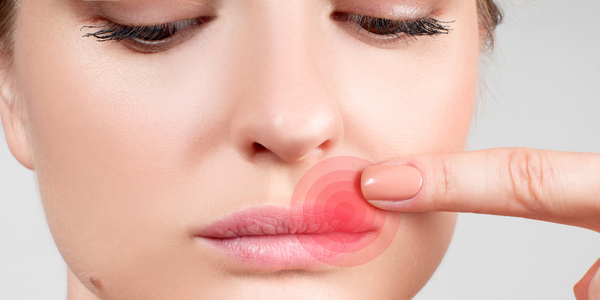
What do the early stages of a cold sore look like?
The first two stages typically define what an “early stage” cold sore looks like. Altogether a cold sore can be classified into five stages.
- Tingling: If you feel an unexplained tingling around your mouth, you may have a cold sore coming on.
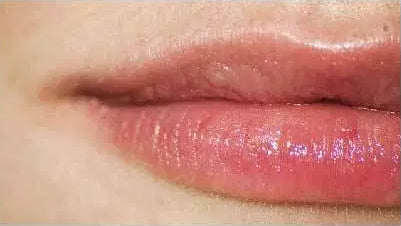
- Blistering: A day or two later, one or more fluid-filled blisters will appear on your skin’s surface. The skin around and under the blisters will be red.
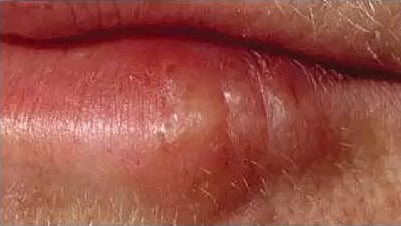
- Weeping: Within a few days of appearing, the cold sore will break open. Open sores will be red and shallow.

- Crusting: When the blister dries out, it will look yellow or brown. You should be careful to not aggravate the crusted blister.

- Healing: The final stage is the healing stage. The crusted blister will scab over and slowly disappear by flaking away.
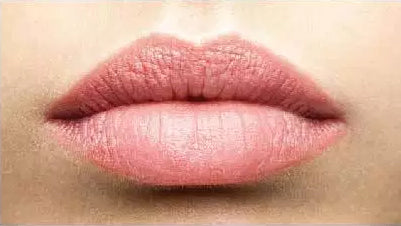
Can I stop a cold sore at the tingling stage?
Treating a cold sore during the tingling/itching stage may reduce its severity and duration, but it won’t prevent the sore from forming. Oral antiviral medication is most useful during this stage, however many people also find over-the-counter topical treatments just as effective.
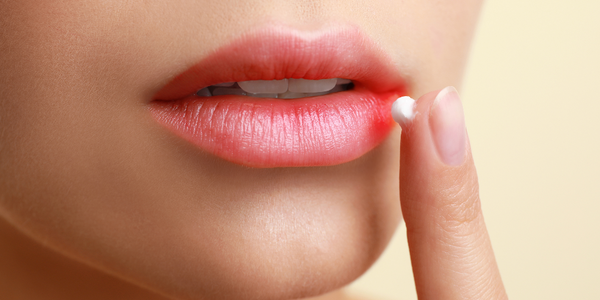
How do I treat a cold sore in the early stages?
Over the counter topical treatments like Blister Balm® External Analgesic Ointment can provide a modest amount of relief and potentially shorten the amount of time needed for the cold sore to heal. Ointments tend to be most effective if they're applied as soon as the first signs of a sore appear. They will need to be applied three to four times per day for four to five days. Topical medications are only effective on the area to which they’re applied, meaning you’ll need to use the medication over the area surrounding the cold sore as it begins to form.
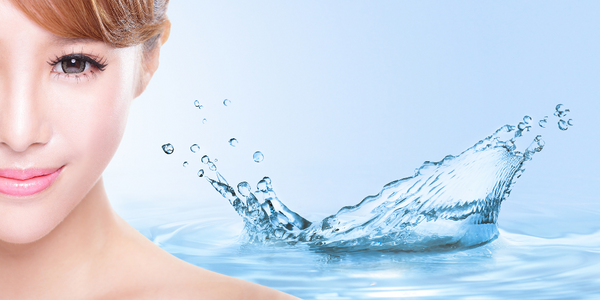
How do I prevent cold sore early stages?
Most topical medications will speed up the healing process, but they’re rarely the best option for preventing cold sores. People who are prone to the herpes simplex virus should also get to know what triggers cold sores to help reduce the number of outbreaks.
Managing stress, not smoking, living a generally healthy lifestyle, and eating foods to avoid cold sores is the foundation of self prevention. Unfortunately, our lips still remain exposed to the weather. Sunlight and temperature change creates a vulnerable opportunity for a cold sore to develop.
To prevent cold sore early stages it’s important to keep your lips moisturized and protected with a lip balm like Blister Balm® Lip Protectant. Keeping your lips moisturized will delay the onset of future cold sore outbreaks, relieve chapped or cracked lips, and protect your lips from the drying effects of wind and weather change.
Sources:
https://www.healthline.com/health/how-to-stop-a-cold-sore-in-the-early-stages
https://www.healthline.com/health/skin-disorders/cold-sore-stages
https://www.healthline.com/health/herpes-labialis
https://www.medicalnewstoday.com/articles/319811.php
https://www.forhims.com/blog/how-to-stop-a-cold-sore-in-the-early-stages






